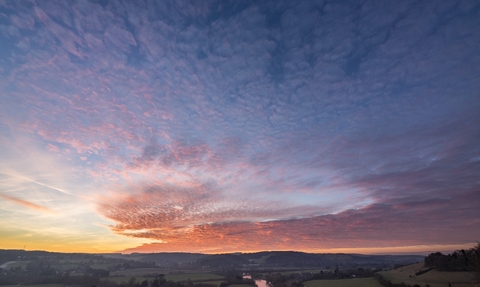
View from Hartslock nature reserve at sunset by Bruce Clarke/Flickr.com
Landscape-scale conservation
BBOWT strives to protect wildlife beyond our own nature reserves too.
The UK is one of the most nature-depleted countries in the world. Successive State of Nature reports compiled by more than 50 conservation bodies, the most recent published in 2019, show we are continuing to lose wildlife and the places wildlife thrives at an alarming rate.
By adopting a landscape-scale approach to wildlife conservation, we can reconnect habitats and restore functioning landscapes. In doing so we can reverse losses, increase the resilience of local wildlife to the unfolding climate and nature emergencies, all while yielding incredible benefits for society at large.
BBOWT is well placed to work with local landowners to help local wildlife. Working together we can extend wildlife-rich habitats from our own nature reserves out into the wider countryside, creating a Nature Recovery Network that puts nature at the heart of our lives once more.

A vision of Britain in 2040 by Nik Pollard
To ensure nature’s recovery we must extend our influence out into the wider countryside. Working with others for the benefit of wildlife is a major part of BBOWT’s strategic recovery plan for nature, and fulfils the recommendation of ‘more, bigger, better managed and joined up’ wildlife sites from Prof Sir John Lawton’s report Making Space for Nature.
We are at a pivotal moment in history and there’s everything to play for. Along with other Wildlife Trusts across the country, we are calling for a Nature Recovery Network to put space for nature at the heart of our farming and planning systems, to repair our fragmented and degraded landscape.
The Trust has a broad programme of initiatives partnering with other organisations and individuals to realise this vision. Our proactive approach sees us visit farmers and landowners to give advice on land management, and deliver projects in priority areas like our Living Landscape to give local wildlife a helping hand. We also run dedicated projects to protect iconic species such as water voles and badgers.
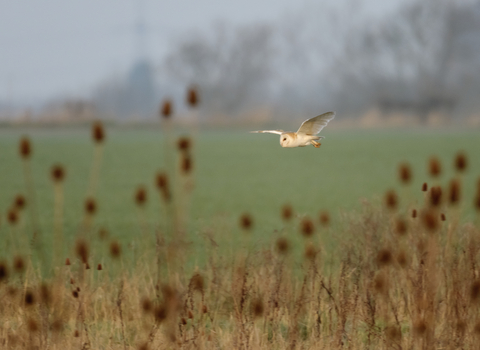
Barn owl by Chris Gomersall/2020Vision
Living Landscapes
Living Landscapes: more, bigger, better and joined up. This approach lies at the heart of our work with other landowners and farmers as together we take a large-scale approach to wildlife conservation.
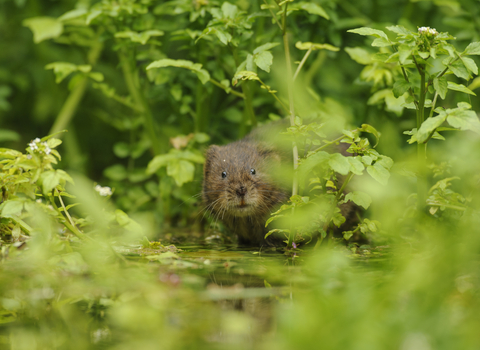
Water vole by Terry Whittaker/2020Vision
Water Vole Recovery Project
Our Water Vole Recovery Project, the longest standing local project in the UK dedicated to water vole conservation, continues to expand water vole populations across our three counties.
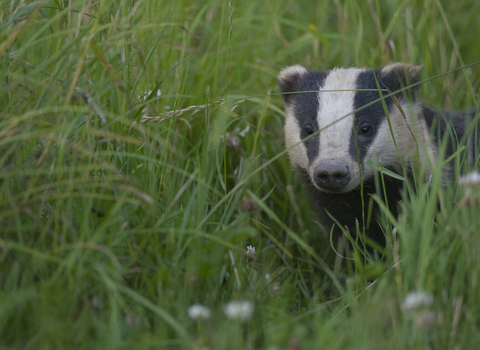
Badger by Bertie Gregory/2020Vision
Badger Vaccination Project
Culling badgers is not the answer to bovine TB. Our badger vaccination programme offers a safe, humane and scientifically proven alternative.
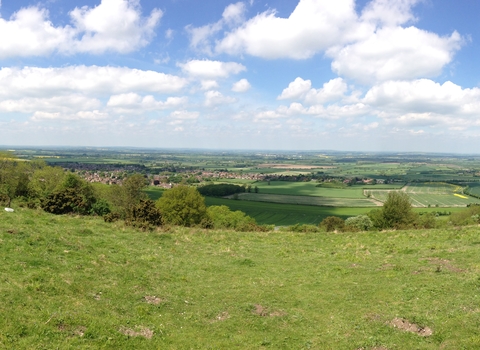
Chinnor Hill by Jo Armson
Hedgerow Havens
Our joint project with Buckinghamshire Council aims to conserve farmland wildlife close to Aylesbury. We work with landowners and parish councils to improve habitats like hedgerows, field margins, road verges and ponds.
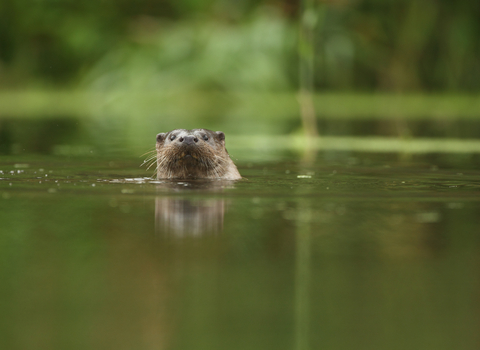
River otter by Luke Massey
Catchment partnerships
The Environment Agency’s Catchment Partnerships Programme works at a river catchment scale to improve the water environment. We help coordinate a number of local projects in the Rivers Windrush and Cherwell/Ray catchments.
Poppy field at Wells Farm by Colin Williams
Farmer clusters
We are facilitators to two local farmer clusters, helping to bring farmers together to share their experiences on key issues. This delivers benefits for soil, water and wildlife at a landscape scale.
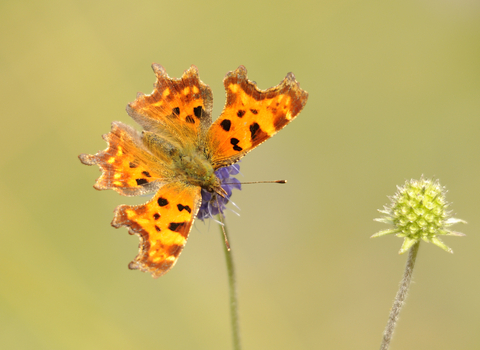
Comma butterfly by Amy Lewis
Oxfordshire Local Wildlife Sites Project
Our partnership with the Thames Valley Environmental Records Centre (TVERC) sees us survey and assess these local wildlife-rich areas so we can help landowners value and protect them.

Chinnor Hill by Jo Armson
Jordans Farm Partnership
We help Jordans Cereals farmers manage at least 10% of their land for wildlife through our individually tailored farm action plans.
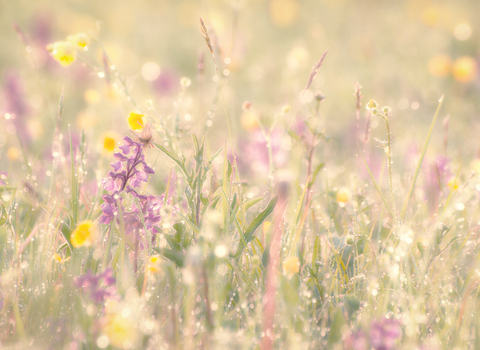
Meadows are vital habitats which mitigate flood risks, improve water quality, store carbon, support sustainable farming and are home to a diverse range of species. Photo by Andy Bartlett.
Meadows for the Climate
Our pioneering partnership project is showing how meadows help in the fight against climate change.
